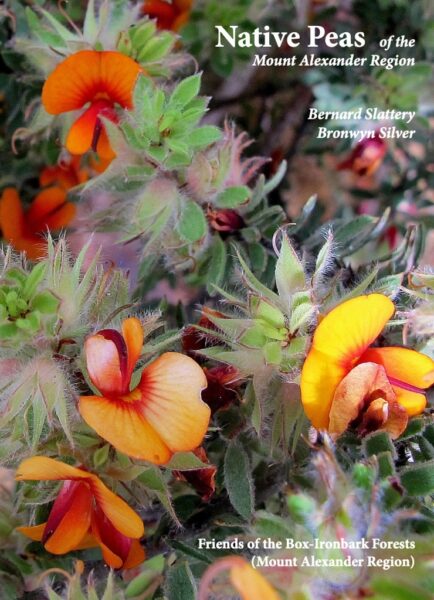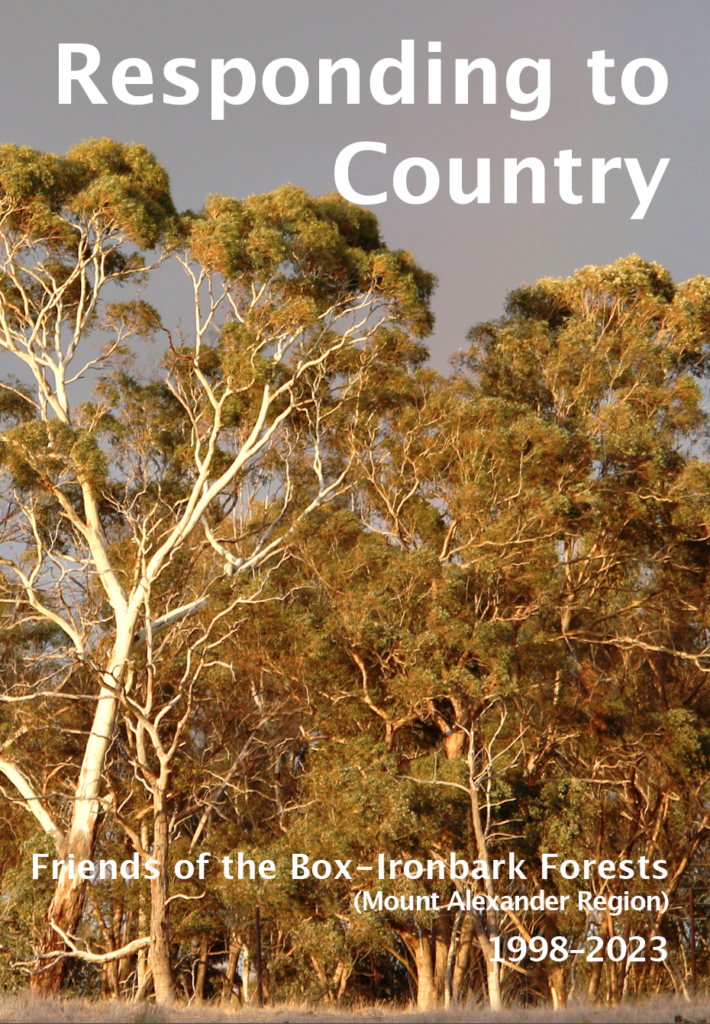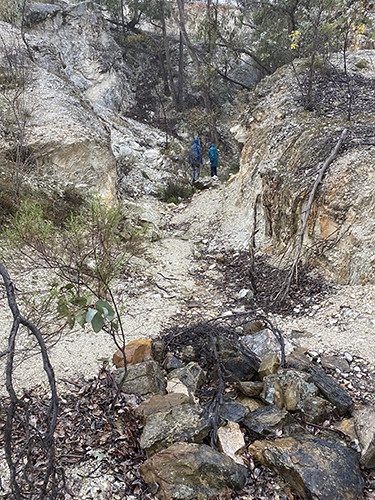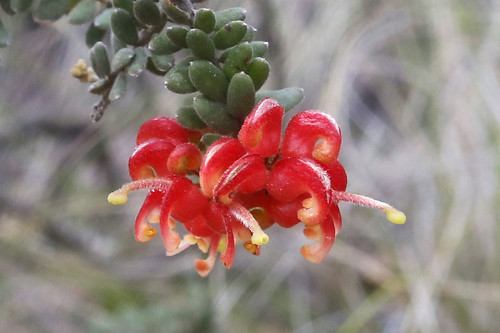FOBIF members in April alerted Parks Victoria to the existence of a substantial and dense clump of English Broom on the east side of Mount Alexander. We had not previously noticed this pestiferous weed on the Mount, although it is infesting large areas of Victoria, including the goldfields. Parks staff subsequently sprayed the outbreak, with some effect, as the photos show. Having revisited the site in July, we believe that it will need another attack.
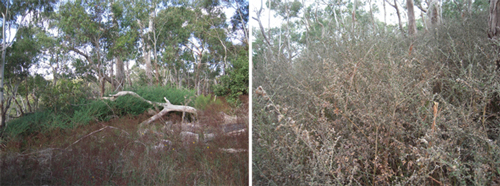
Broom outbreak on Mount Alexander, April and July. The clump is dense but confined, and can still be controlled with appropriate vigilance.
English broom was imported to Australia as a garden hedge early in the 19th century, and is now a declared noxious weed because of its ability to smother native vegetation and reduce agricultural productivity. It’s another example of the problematic effect of gardens on the Australian environment: garden escapes account for 65% of Australian environmental weeds, which cost around $4 billion a year in lost production and control costs. Given the location of the Mount Alexander infestation, we strongly suspect it is a result of dumping of garden waste.
This case illustrates the importance of early attack on weed infestations. In our view, one more year would have seen this limited outbreak impossible to control. Parks Victoria have assured us they will re-treat the area ‘as soon as possible’.

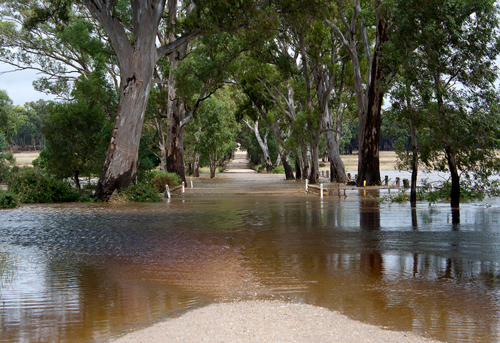
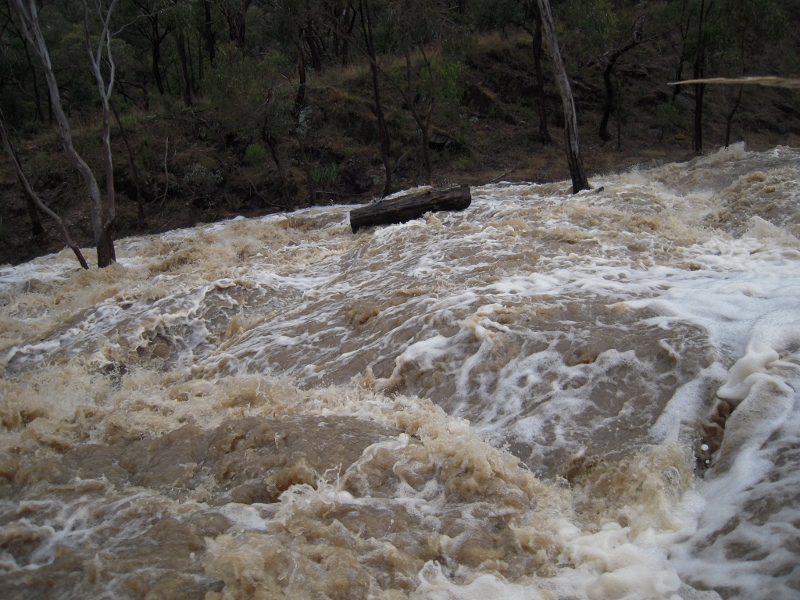
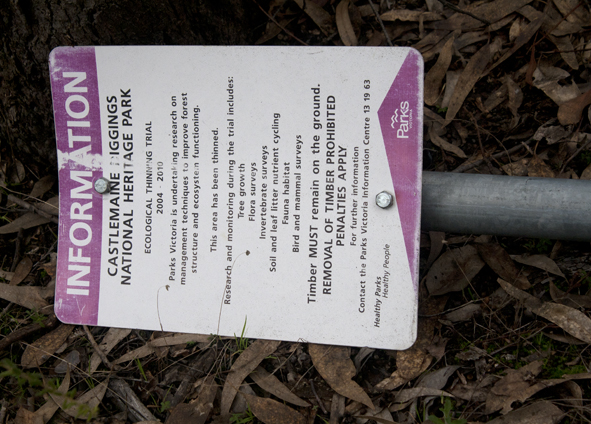
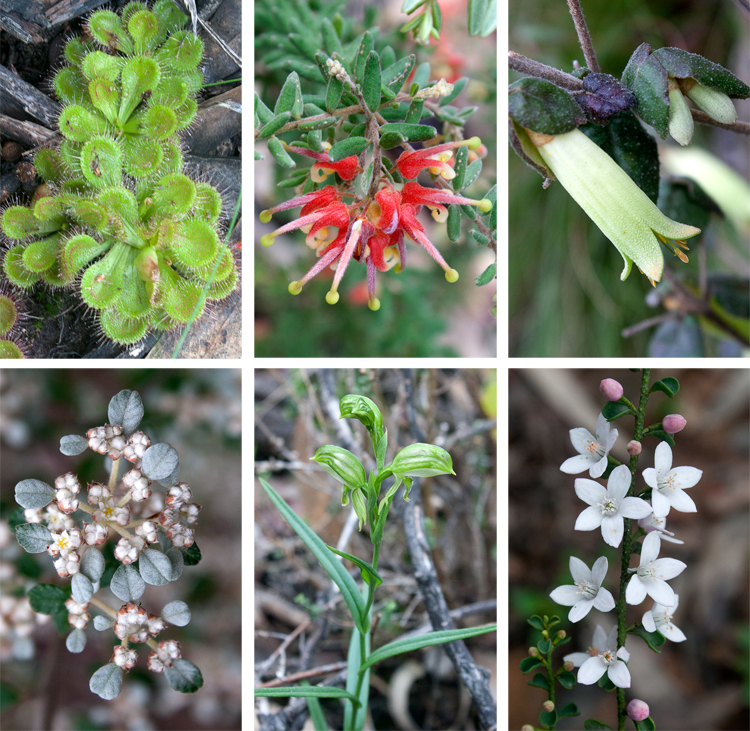
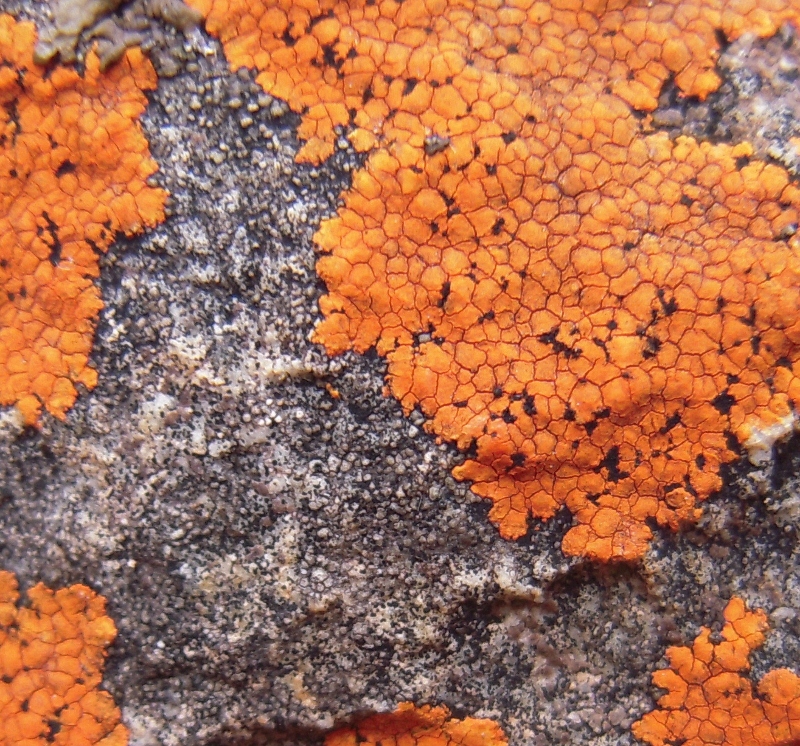
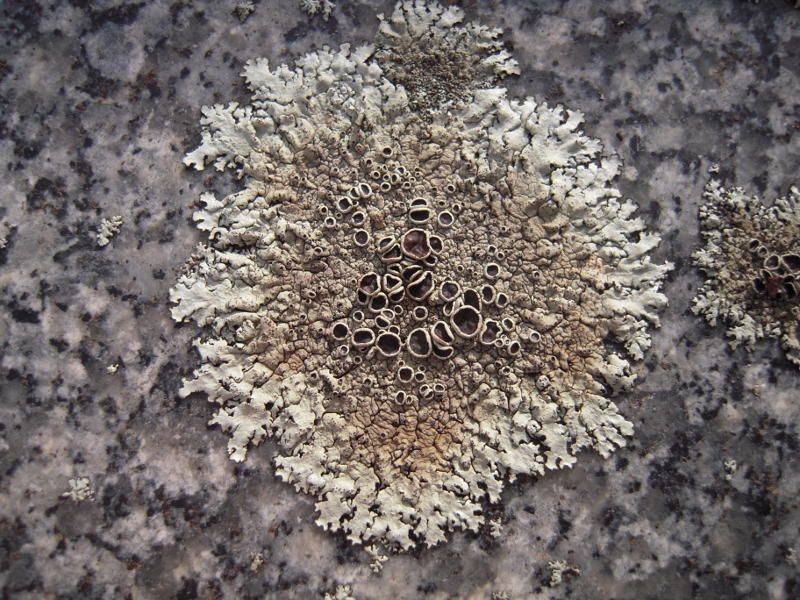
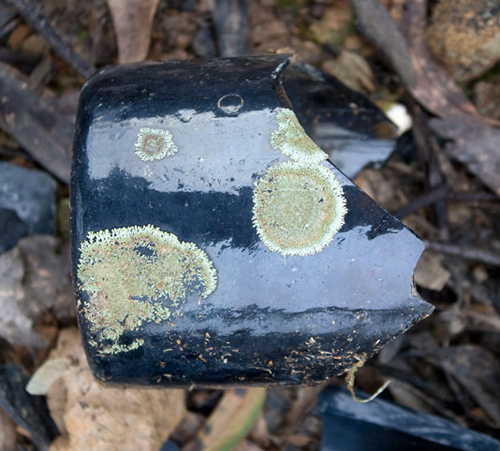
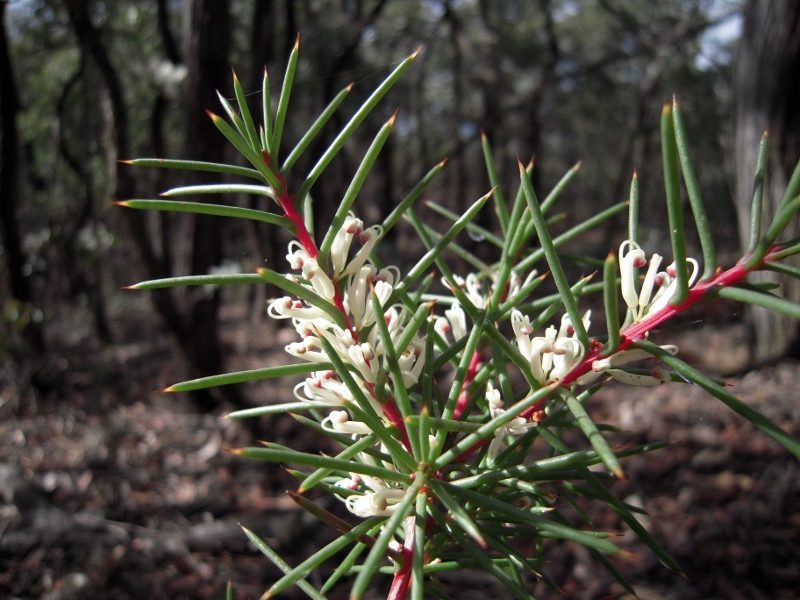
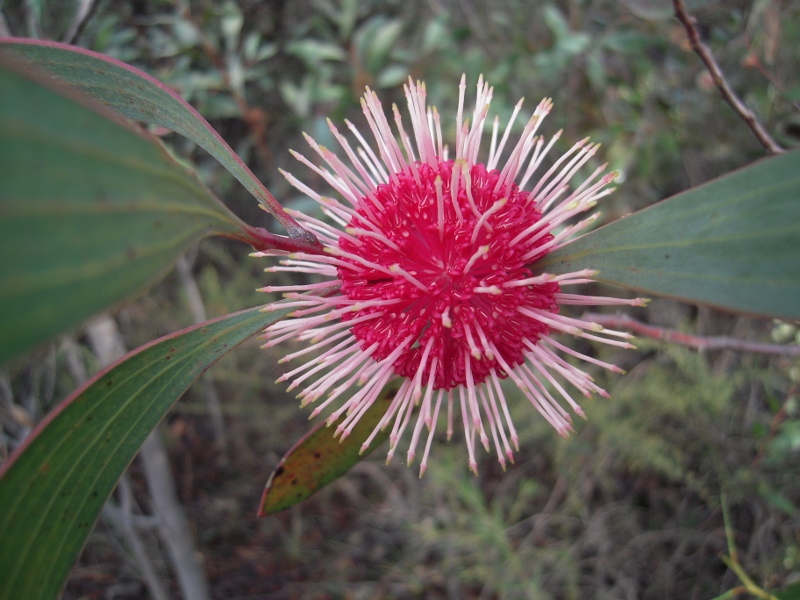

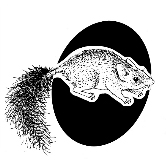
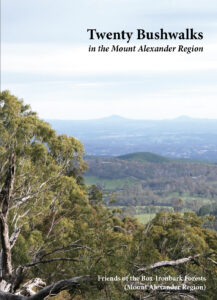
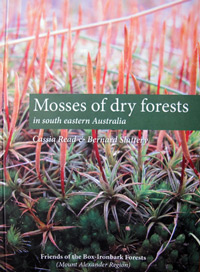 Click on image for info/order page
Click on image for info/order page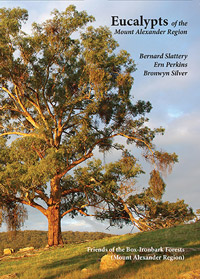 Click on image for info/order page
Click on image for info/order page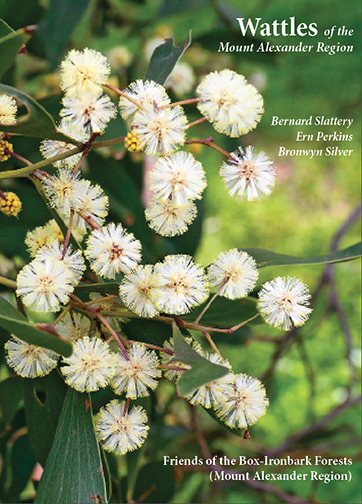 Click on image for info/order page
Click on image for info/order page